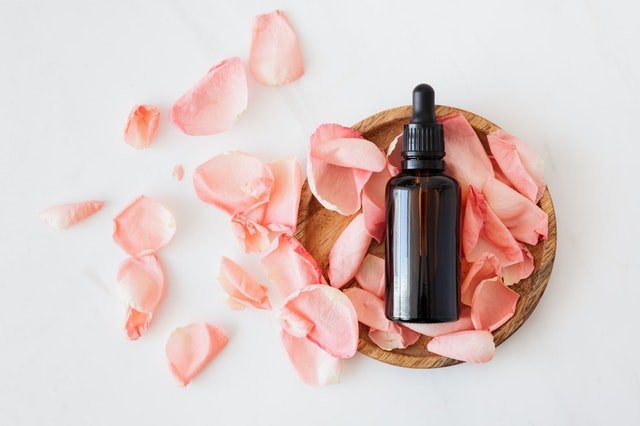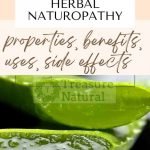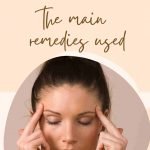
The essential oils are obtained with different production systems: refers to steam distillation, premitura (especially when it comes to essences of citrus fruits) and extractions with solvent. What you can do at home, with greater practicality, is to prepare essential oils with steam distillation.
How to make an essential oil: the step-by-step instructions for making essential oils at home with DIY techniques. Useful tips to improve yield.
On the web you will find procedures for making lavender, rosemary or mint essential oil. Unfortunately, these DIYs have nothing to do with real essences. Rather, they tell you how to prepare a “flavoured” vegetable oil or a slightly concentrated dilution. They speak of “cold extraction” or “hot extraction”. These are procedures that are more like maceration than the production of a real essential oil.
Distiller
To make essential oils you need a still. You can make a still using an old pressure cooker or buy a more efficient one.
The distiller is a relatively expensive appliance but it allows you to increase the production yield (compared to a modified pressure cooker) and obtain good quality essential oils.
How to make an essential oil
Once you have the equipment, prepare the harvest!
With the distiller you can prepare the essential oil of lavender, rosemary, mint and any herbaceous species. However, it will not be useful for preparing citrus essential oils such as orange, mandarin or lemon essential oil. For the essential oil of lemon, bergamot, cedar and other citrus fruits, extraction by pressing is used, the oil, in fact, is not extracted from the leaves but from the rind. You can, however, produce the essential oil of Orange or Neroli, in this case, the oil is extracted from the youngest leaves and orange blossoms.
How to do?
Prepare the harvest. Distill more tender flowers and shoots. To make the essential oil you will need tender and above all fresh parts of the plant. Try to choose untreated plants: pesticides and herbicides can contaminate the oil. Use raw material grown organically so as not to run any risk, even better if the herbaceous parts in question come directly from your garden!
If you have large quantities of plants to “work” (from which to extract the essential oil), then let them dry. With drying you will reduce the volume of plants and you will be able to work more efficiently in terms of time invested .
The ideal drying method varies according to the plant. In many cases, you can buy the directly dried plant.
Please note: drying the plant before distillation to make essential oil is not necessary! This is only a recommended step when processing large quantities of herbs. A bunch of dried mint takes up less volume than its fresh equivalent! This way you will be able to put more plant matter in the still ! This advice is not valid if you intend to produce lavender essential oil, here, the flowers, even if dried, do not reduce their size by much.
How do you use the distiller to make essential oils?
Pour the water into the tank or still. Use distilled water, the kind sold in the supermarket for the iron, making sure you buy unscented distilled water.
Depending on the type of herbs you are using, the process could take anywhere from 30 minutes to 6-8 hours. Add the herbaceous component. You can collapse it to allow it to take up less space, however make sure you don’t block the evaporation hole
Wait the necessary time for the oil to be extracted. Collect the oil obtained in a small vial.






